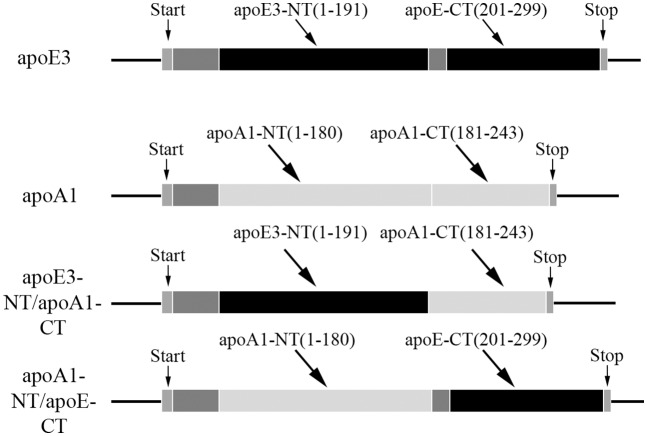Fig 1. Schematic representation illustrating design and generation of apoE3-NT/apoAI-CT and apoAI-CT/apoE-NT chimeras.
The NT and CT domains of the parent apoE3 (black) and apoAI (light grey) are shown; the boundaries for the individual domains represent consensus from various labs: apoE3 NT domain (residues 1–191) and apoE CT domain (201–299), with residues 192–200 encompassing the protease sensitive linker loop; apoAI NT domain (residues 1–185) and CT domain (residues 186–243). The apoE3-NT/apoAI-CT chimera encompassed residues 1–191 from apoE3 and 181–243 from apoAI, while apoAI-NT/apoE-CT chimera was composed of residues 1–180 from apoAI and 192–299 from apoE. The start and stop sites of the coding region are indicated. A His-tag and protease cleavage sites (dark grey) were placed immediately upstream of the first residue. For sake of convenience and clarity, residue numbering of the parent proteins was retained for the chimeras.

